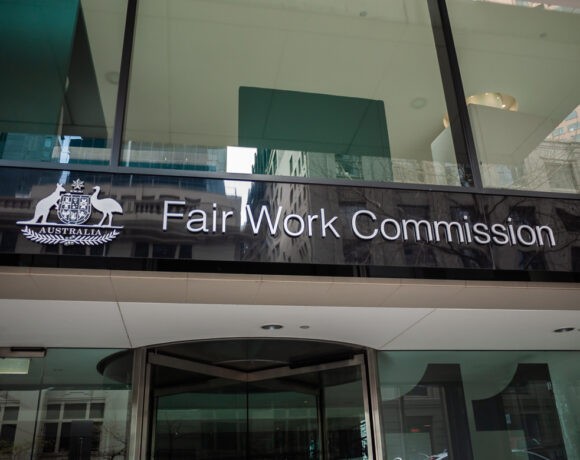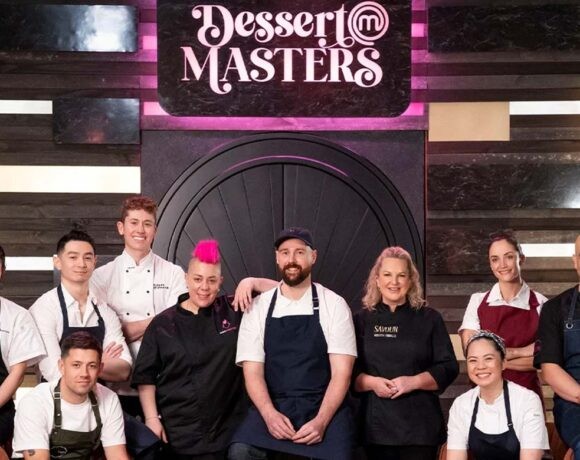Sugar science
I love technical information. I believe it makes me a better professional and of course the more information I have, the better an advanced teacher I can be.
The little tips and tricks always make a difference to a product. As professionals, we are constantly improving our processes as we learn. One of the most common ingredients pastry chefs use is sugar, yet I find many chefs aren’t fully aware of the technical aspects of working with sugar. So, here is some information about one of our most commonly used ingredients, sugar, also known as sucrose.
When boiling sugar and water together, we often wash down the sides of a pot with a brush and water to avoid any sugar crystallising. As a time-saving alternative, you can place a lid slightly ajar on the pot, as it boils the condensation it creates will dissolve any sugar forming on the sides of the pot. Take the lid off after boiling for a few minutes and continue with your recipe.
Crystallisation of sugar is often a problem when boiling sugar or creating a caramel. Understanding why it occurs will help you prevent it from happening.
• When you add sugar to water, the sugar crystals dissolve, and the sugar science becomes a solution. However, you can’t dissolve an infinite amount of sugar into a set volume of water. When as much sugar dissolves into a solution as physically possible, the solution is said to be a saturated sugar solution. The saturation point alters at different temperatures, therefore when you increase the temperature, a greater amount of sugar can be held in a solution.
• When you cook up a batch of boiled lollies or confectionary products, you cook sugar, water, and various other ingredients to extremely high temperatures. At these high temperatures, the sugar remains in solution, even though much of the water has boiled away. However, when the recipe has reached the correct temperature and has begun to cool, there is more sugar in the solution than is physically possible, therefore supersaturation of the solution will occur with the sugar. Supersaturation is an unstable state where the sugar molecules begin to crystallise back into sugar crystals at any slight movement. Stirring or jostling of any kind can cause the sugar to begin re-crystallising.
• Adding acid to sugar prevents it from crystallising. Acids such as lemon juice or cream of tartar cause sugar to break up (or invert) into its two simpler components, fructose and glucose, and prevent it from crystallising.
• Fats also have an anti-crystallising effect. For example, adding butter to a hard caramel stops the sugar reforming as a crystal by preventing the sugar particles to lock together into crystals. Toffee has a smooth texture and easy breakability thanks to an absence of sugar crystals because of the butter.
Gaining a comprehensive understanding of sugar science and its chemical components will benefit your work greatly. As pastry chefs, it’s important we’re proficient in how our ingredients work – especially when we’re working under pressure. Even in Savour School’s most advanced classes, while we focus on technical skills, we also put emphasis on technical information. I’d encourage you to brush up on what you know, and always be on the lookout for using your knowledge to benefit your skills.







COMMENTS